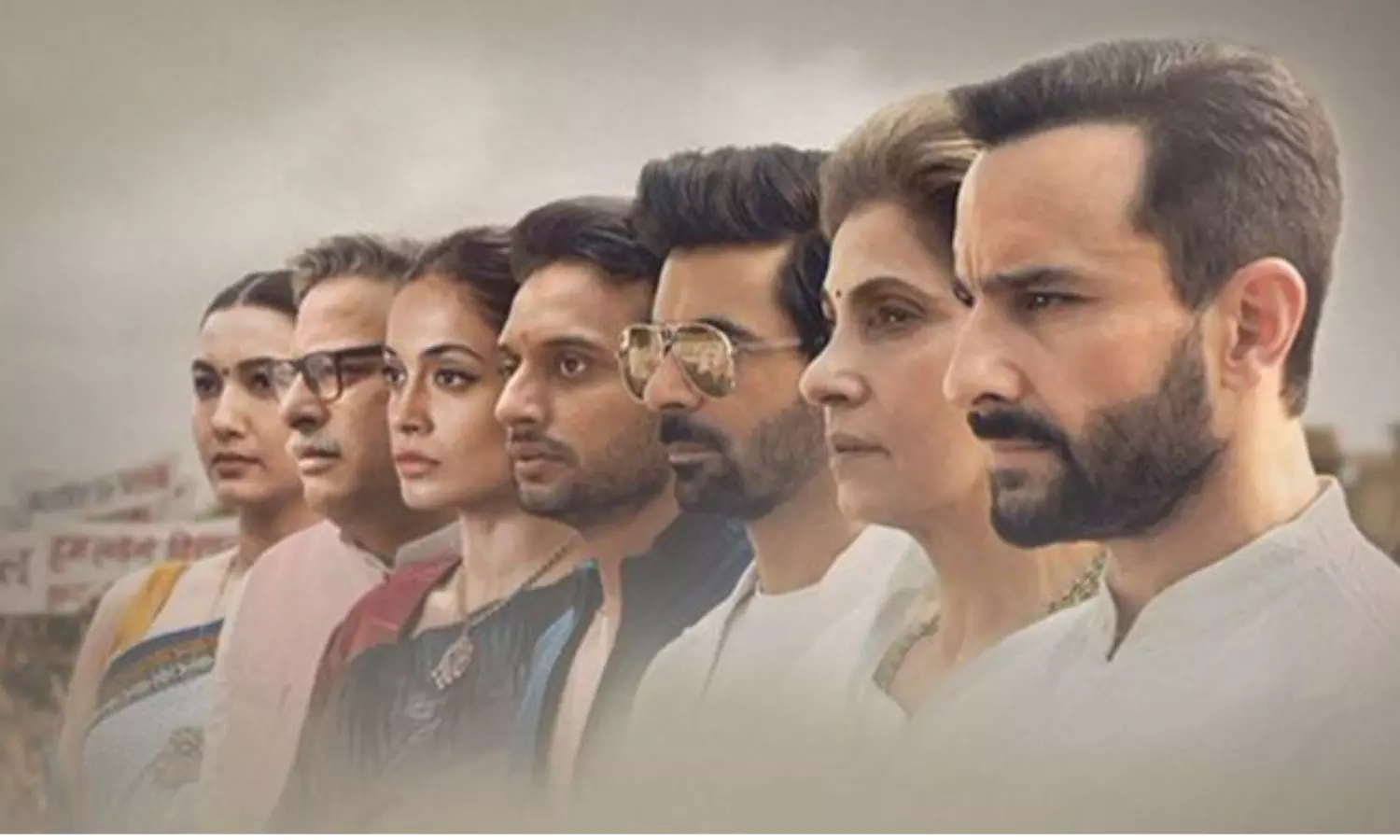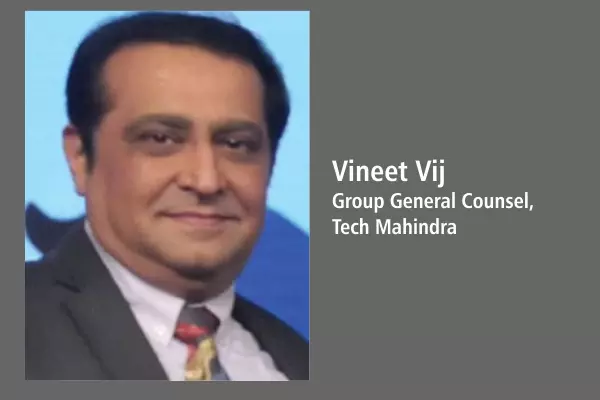- Home
- News
- Articles+
- Aerospace
- Artificial Intelligence
- Agriculture
- Alternate Dispute Resolution
- Arbitration & Mediation
- Banking and Finance
- Bankruptcy
- Book Review
- Bribery & Corruption
- Commercial Litigation
- Competition Law
- Conference Reports
- Consumer Products
- Contract
- Corporate Governance
- Corporate Law
- Covid-19
- Cryptocurrency
- Cybersecurity
- Data Protection
- Defence
- Digital Economy
- E-commerce
- Employment Law
- Energy and Natural Resources
- Entertainment and Sports Law
- Environmental Law
- Environmental, Social, and Governance
- Foreign Direct Investment
- Food and Beverage
- Gaming
- Health Care
- IBC Diaries
- In Focus
- Inclusion & Diversity
- Insurance Law
- Intellectual Property
- International Law
- IP & Tech Era
- Know the Law
- Labour Laws
- Law & Policy and Regulation
- Litigation
- Litigation Funding
- Manufacturing
- Mergers & Acquisitions
- NFTs
- Privacy
- Private Equity
- Project Finance
- Real Estate
- Risk and Compliance
- Student Corner
- Take On Board
- Tax
- Technology Media and Telecom
- Tributes
- Viewpoint
- Zoom In
- Law Firms
- In-House
- Rankings
- E-Magazine
- Legal Era TV
- Events
- Middle East
- Africa
- News
- Articles
- Aerospace
- Artificial Intelligence
- Agriculture
- Alternate Dispute Resolution
- Arbitration & Mediation
- Banking and Finance
- Bankruptcy
- Book Review
- Bribery & Corruption
- Commercial Litigation
- Competition Law
- Conference Reports
- Consumer Products
- Contract
- Corporate Governance
- Corporate Law
- Covid-19
- Cryptocurrency
- Cybersecurity
- Data Protection
- Defence
- Digital Economy
- E-commerce
- Employment Law
- Energy and Natural Resources
- Entertainment and Sports Law
- Environmental Law
- Environmental, Social, and Governance
- Foreign Direct Investment
- Food and Beverage
- Gaming
- Health Care
- IBC Diaries
- In Focus
- Inclusion & Diversity
- Insurance Law
- Intellectual Property
- International Law
- IP & Tech Era
- Know the Law
- Labour Laws
- Law & Policy and Regulation
- Litigation
- Litigation Funding
- Manufacturing
- Mergers & Acquisitions
- NFTs
- Privacy
- Private Equity
- Project Finance
- Real Estate
- Risk and Compliance
- Student Corner
- Take On Board
- Tax
- Technology Media and Telecom
- Tributes
- Viewpoint
- Zoom In
- Law Firms
- In-House
- Rankings
- E-Magazine
- Legal Era TV
- Events
- Middle East
- Africa

'Tandav' Controversy and Right to Freedom of Speech On OTT Platforms
'Tandav' Controversy and Right to Freedom of Speech On OTT Platforms

'Tandav' Controversy and Right to Freedom of Speech On OTT Platforms The 2020 amendment is unquestionably a positive step towards formulation of legal framework for the unregulated OTT content in India Introduction – India & OTTs In the past three decades, we have witnessed several changes in the form, style & content of entertainment provided over various media formats. From...
To Read the Full Story, Subscribe to Legal Era News
Access Exclusive Legal Era Stories, Editorial Insights, and Expert Opinion.
Already a subscriber? Sign in Now
'Tandav' Controversy and Right to Freedom of Speech On OTT Platforms
The 2020 amendment is unquestionably a positive step towards formulation of legal framework for the unregulated OTT content in India
Introduction – India & OTTs
In the past three decades, we have witnessed several changes in the form, style & content of entertainment provided over various media formats. From the television era of "Doordarshan" where the source and content of entertainment was limited and same for all viewers with no choice, Indian television perhaps witnessed its first change with the advent of cable or satellite system followed by direct to home (DTH) services. However, the market witnessed the significant shift in 2015-16, with the arrival of over the top (OTT) media services, which has created a parallel and even - overtaken the traditional form of television & mainstream cinema in various segments. The most common OTT platforms like Netflix, Amazon Prime, Disney Hotstar, Sony Liv, etc. not only present their in-house series & movies, but also assist with live streaming of channels to individuals' mobile handsets with the help of the internet. Summarily, OTT has marked a shift from the traditional "consume-what-you-are-fed" model to "watch-per-your-choice".

Understanding the "Tandav" Controversy
It is important to understand the underlying controversy where the makers (producers, actors and directors) have been alleged to have abused their freedom of speech & expression. There are two instances from the web-series that are the core of controversy, one where makers are accused of hurting religious sentiments with a controversial scene demeaning the Hindu Gods & Goddesses, and another depicting the lower caste segment of Indian society in in a derogatory manner.
It is one of the views that censorship or government regulation will help maintain social order by protecting sentiments of people, cultures or communities and will prevent wide circulation of hateful & explicit content. The diverse view is that such action is a threat to freedom of expression and there are adequate laws to deal with content which is hateful and explicit.
OTT Governance
The recent array of FIRs filed against the makers (producers, actors and directors) of 'Tandav' for allegedly hurting religious sentiments and promoting enmity between religious groups, have again ignited a debate over the question, 'How effective are the current rules and regulations in regulating the content being streamed on OTT platforms?'.
The Information Technology (Intermediaries Guidelines) Rules, 2011 require the intermediaries to observe due diligence while hosting, displaying and publishing any unlawful, pornographic or obscene content under Rules 3(2) (b), (c) and (e) and such content should not be harmful to minors. Furthermore, the intermediaries should not knowingly initiate transmission or host such content as per Rule 3(3) of the said Rules. These Guidelines may also be applicable to OTT platforms which qualify as Intermediaries under the IT Act and furthermore the provisions of Indian Penal Code, 1860 such as relating to content which is defamatory or intended to deliberately & maliciously outrage religious feelings, etc. also provide legal protection to aggrieved parties.
Until October-November 2020, while several attempts were made, there was no defined legal framework in respect of regulation of content on digital media. Even in response to one of the queries filed under the Right to Information Act, 2005, the Ministry of Information Broadcasting (MIB) had stated that it did not have any authority to regulate or control online content and/or provide any regulatory framework for OTT platforms. Last year, the Hon'ble High Court of Delhi also rejected a public interest litigation filed by an NGO (Justice for Rights Foundation vs. Union of India WPC no. 11164/2018) in terms of MIB and Ministry of Electronics and Information Technology's (MeitY) statement that online platforms were not required to obtain any license from it and displaying the content, as the same is not regulated by them and in fact there is no provision for regulating or licensing, for any organization or establishment for putting up content on the internet. In October 2020, while hearing the petition titled Shashank Shekhar Jha vs. Union of India, the bench comprising Chief Justice SA Bobde, Justice AS Bopana & Justice V Ramasubramanian issued notices to the Central Government, MIB and Internet and Mobile Association of India (IAMAI) for the regulation of OTT platforms by an autonomous body. The sensitivity of the issue can be certainly gauged when the Top Court in the matter recently questioned the Central Government about its readiness for bringing the said regulations and queried for their concrete plan of action.|
The 2020 Amendment
The Cabinet Secretariat by virtue of Notification dated 9th November 2020, added two entries with the heading "VA – Digital/Online Media" after Entry 22 of the Second Schedule of Government of India (Allocation of Business) Rules 1961. The said new entry read as under:
"VA – Digital/Online Media
22A. Films and Audio-Visual programmes made available by online content providers.
The recent amendment has been introduced with the sole aim of bringing digital/online media platforms, online content released in India not just only from OTT platforms but also news platforms, social media platforms, current affairs available online and audio-visual program within the realm of MIB. This amendment will further strengthen the Government's power to issue directions in striking down or blocking public access to any objectionable content being floated on the OTT platform/s.
The Road Ahead
The 2020 amendment is unquestionably a positive step towards formulation of legal framework for the unregulated OTT content in India. Even countries like UK, Singapore, Australia, Turkey, Indonesia have regulatory bodies to keep check on OTT content and some also have strict regulations in that regard. Like the traditional television & movie industry, the content of which is continuously monitored & regulated by authorities like Broadcasting Content Complaints Council (BCCC), Central Board of Films Certification (CBFC) etc., the unregulated OTT industry also necessitates a specific governing body. Until now the OTT platforms have always taken a shield of "Art" or "Freedom of Speech" or "Adoption of Self-Regulation Code" to defend the content being published or presented on respective platforms. Even the Hon'ble Supreme Court in the matter titled Himanshu Kishan Mehra vs. State of Uttar Pradesh, cited that the Right to Freedom of Speech on OTT platforms is not absolute as provided under Article 19(2) of the Constitution. It provides for instituting reasonable restrictions on the exercise of the right conferred under Article 19(1)(a) in the interest of integrity and sovereignty of India, friendly relations with foreign States, decency or morality or in relation to contempt of court, the security of the State, defamation or incitement to an offence.
Now with the development of Digital/Online Media coming within the realms of MIB, it's high time that the Ministry should consider collaborating with OTT platforms along with other concerned stakeholders for formulation of duly acceptable policy/guidelines for monitoring and regulating content, which are in harmony with the right to freedom of speech and expression under Article 19(1)(a) and subject to reasonable restrictions under Article 19(2) of the Constitution.


